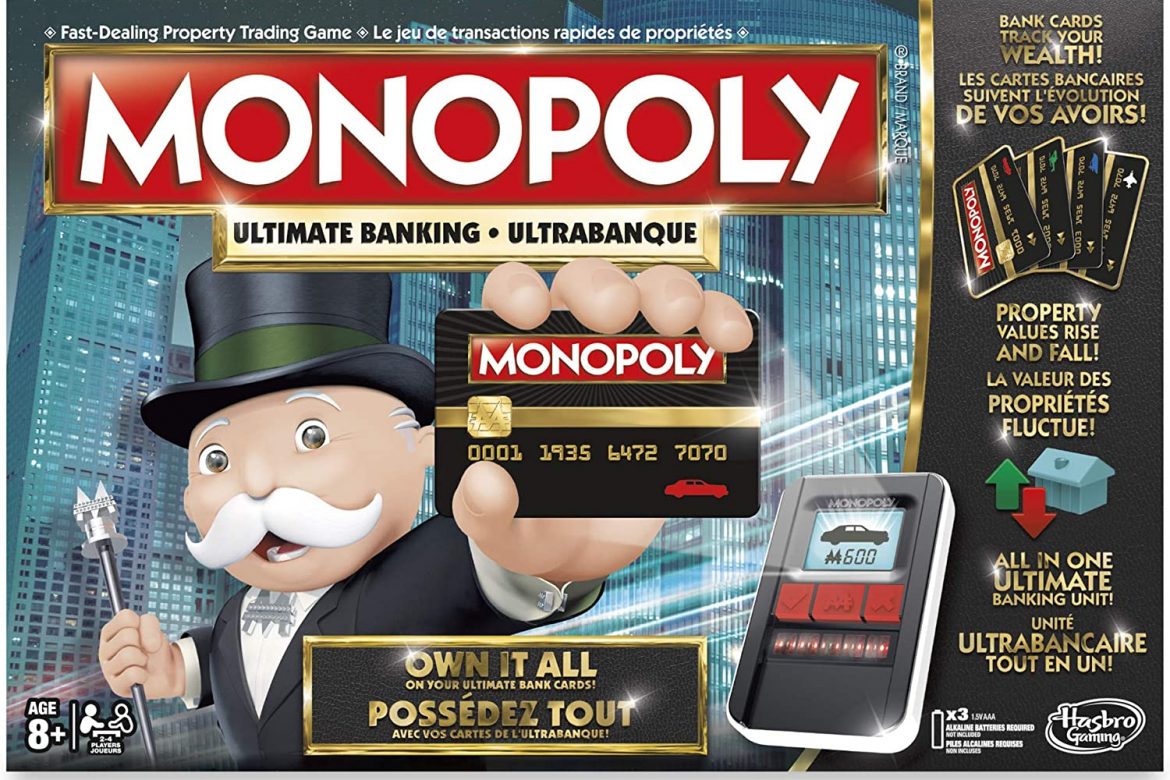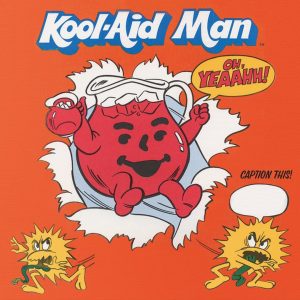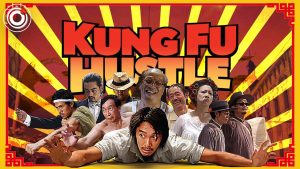We know him as Monopoly Man or Mr. Monopoly, one of the most recognizable mascots in media. However, very few people are truly aware of his colorful history and how he came to be. Did you know that he actually has a name? You might be surprised at how interesting his backstory is; from the character’s inception to how some people see him as proof of an alternate universe due to what’s known as the Mandela Effect.
Who is the Monopoly Man?
No different from the Kool Aid Man, the Monopoly Man is the face or the mascot of the popular board game, Monopoly. His design is a recognizable one. Most people, even those who don’t necessarily play the game, would know that he wears a morning suit with a bowtie and a top hat. There are those who might say that he also wears a monocle, but this isn’t the case! Curious, right? We’ll look more into that later as it is one of the more interesting “myths” about him.
Generally, he is referred to as Mr. Monopoly. Some might call him Monopoly guy, but did you know that this beloved character actually has a proper name? Even today, decades since the board game was launched, there are still those who are surprised by this fact.
What is the Name of the Monopoly Man?
His real name is Rich Uncle Pennybags. Quite fitting, isn’t it? According to the company website, the character was first featured on the Chance and Community Chest cards for the 1936 U.S. edition of Monopoly. Though he seems like one of those easy drawings examples you might find online, there’s quite a history to how his image came together.
He was designed by artist Dan Fox. For a while, though, Fox’s identity was a mystery until one of his grandchildren got in touch with Philip Orbanes. The former Parker Brothers exec helped bring Fox’s story to light, allowing him to gain the recognition that has evaded him over the years.
Origin of The Monopoly Man
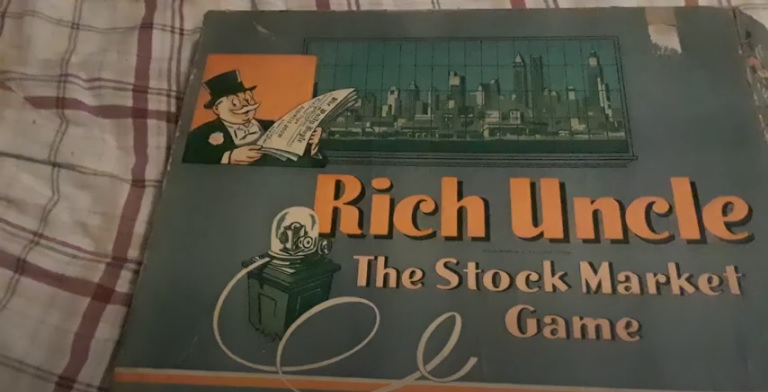

When he first appeared as part of the game, Rich Uncle Pennybags didn’t have a proper name yet. It wasn’t until 1946, when the Parker Brothers released the game Rich Uncle, which bore the character’s likeness on the box, currency, and game guide. As you might already know, he has since been featured on just about every other game related to the original, including the likes of: Monopoly Deal, Monopoly City, Monopoly Junior, Free Parking, Advance to Boardwalk, and Don’t Go to Jail.
Over the years, the way he has appeared on the game’s logo has mostly remained the same. Since 1985 to 2008, he has always been drawn on the second letter “O” in the word Monopoly, but this has undergone major changes as well. In fact, the character is now drawn in a more 3D style and no longer appears in the same position on every Monopoly game box. Which one do you prefer, the old Monopoly man or the newer version?
Who is the Monopoly Man Modeled After?
While the character is wholely original, it is quite interesting to know that Orbanes himself has confirmed that Rich Uncle Pennybags is modeled after a real person. The American version of the character is based upon J. P. Morgan, a well-known American Progressive Era businessman.
He may have been designed after one of the richest people in the world, but Uncle Pennybags certainly has his own achievements to boast about. Did you know that according to a 2008 list by Forbes Magazine, he is the ninth richest fictional character in the world? The same list also includes the likes of Richie Rich.
Mr. Monopoly in Mainstream Media
We’re used to seeing him on boxes for the game, but in 2017 many of us were treated to a special live appearance by the character during a senate hearing. Okay, so it wasn’t an official affair and the person was merely cosplaying the character, but it certainly made for an unforgettable moment.
A member of Public Citizen, an activist group, dressed up as Monopoly Man complete with a monocle. He ended up photobombing the Equifax CEO during a hearing on the security breach the credit bureau experienced early that same year. No, this was no prankster just doing it for kicks. His goal was to highlight the use of “forced arbitration” that evades consumer’s rights to take financial companies to court.
A similar thing happened in 2018 when Sundar Pichai was was photobombed by Mr. Monopoly when he appeared before congress. This time, a different person disguised in the same Monopoly Man costume was spotted among those seated behind the Google CEO. He also makes a cameo in Dash Shaw’s mystery comic book, Clue: Candlestick. In it, he is referred to by the name “Milburn.”
Monopoly Man Monocle – Did He Have One?
Have you ever heard of the Mandela Effect? To put it simply, this is a phenomenon where a significant number of people remember something differently from the actual reality. This could be an event, a person, or in this case, a very popular character.
There are many conspiracy theories about this, with some believing that it is nothing more than false memories, due to how imperfect our own memory can be at times. Others see it as proof of a parallel universe, where when reality shifts, not everybody’s memory follows suit. There are those who retain memories of what “used to be.”
What is the Mandela Effect?
The term was first coined in 2010 by Fiona Broome, a paranormal consultant, to refer to the false or mistaken memory phenomena that can be experienced by a group of people. It was named as such, because one of the first instances of it being so widespread was the belief of many that Nelson Mandela had already died back in the 1980s.
Now, the strangest thing is the fact that some of them even have memories of seeing his funeral on TV! We’re talking about a funeral that had never happened yet, and still, people spoke of the event as if it were a real occurrence.
Is it Purely Misinformation?
Psychologists argue that this experience is brought on by the effect of misinformation. When it comes to Nelson Mandela, people might be mistaking the passing of Steve Biko, who is an equally prominent apartheid activist, for the death of the latter. Remember, information can get muddled as it is passed down one from one person to another. Since this was way before internet access was available to everyone, fact-checking wasn’t as simple as going on Google and looking things up.
Major Characteristics of the Mandela Effect
What differentiates the Mandela Effect from simple misinterpretation or from people simply experiencing collective false memories? Here are the factors that you need to keep in mind:
- No attempts are made to find any answers.
- False contextualization.
- Existing memories getting distorted.
- Remembering words spelled differently or incorrectly.
Another thing to remember is that, more often than not, all the memories associated with the Mandela Effect are not major historical events. In the digital age, social media and the internet as a whole can also influence the way it spreads. Depending on which side of the community you find yourself in, your belief in the Mandela Effect might decrease or be reinforced.
The Monopoly Man and the Mandela Effect
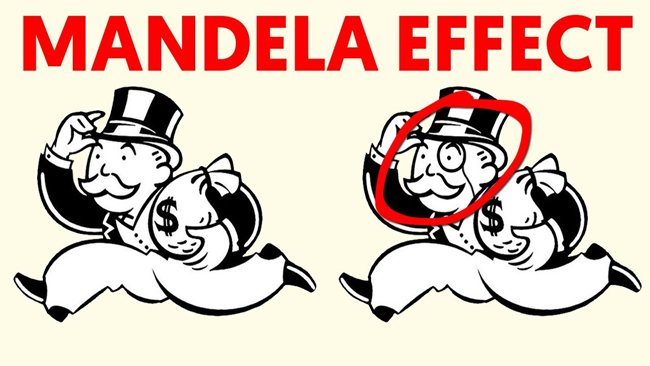

So what does this all have to do with Mr. Monopoly? Well, think about his design for a second. Do you remember him ever having a monocle? Some people believe that he has always had one, but due to a glitch in our timeline he somehow evolved into what we now see today.
It’s all a matter of Quantum Physics, which is a whole other rabbit-hole to dive into, but just think of it this way: At some point during our known history, something had happened and changed the present. Including how the Monopoly Man looks!
The more plausible reason, however, is that people are simply mistaking Uncle Pennybags for the Planters Peanut Man. The Planters mascot does have a monocle and also wears a similar top hat. Others suggest that we simply associate his appearance with the typical 19th-century costumery, which often includes a monocle. There are many such examples in popular media, after all.
10 More Examples of the Mandela Effect in Mainstream Media
How would you feel if there was something you were so certain about, but later find out that you had it completely wrong? That’s similar to how it is to experience the Mandela Effect. It really throws you for a loop, especially if you have very vivid memories of that particular thing or event.
If you’re ready for a few more mind-benders, here are some popular examples of it in mainstream media!
Jiffy Peanut Butter
Many would say that their favorite brand of peanut butter, especially back in their childhood, is Jiffy. There are people who have memories of seeing jars of it in grocery aisles or in their homes, but did you know that there has never been a “Jiffy” brand? There are those who say that some people simply mistakenly combined the brands Jif and Skippy, creating a false memory in the process. What do you think?
Fruit of the Loom Cornucopia
Try to recall the logo of this popular underwear brand. Most people will tell you it’s that of fruit spilling out of a basket or a cornucopia. However, check again and you’ll find that there was never anything else other than a pile of food! In this case, experts believe it is simply a matter of reconstruction or association. This is despite the fact that there are people who will argue that they have always seen a cornucopia on its logo.
The Frowning Mona Lisa
Leonardo Da Vinci’s Mona Lisa is one of the most famous paintings in the world. Everyone knows her for that mysterious smile, but did you know that there are people who remember her for frowning instead? Perhaps it’s the rarity of people smiling in portraits, thus associating that with the Mona Lisa as well. Nonetheless, it is still surprising that when asked to describe her famous smile, there’s a significant number of people who picture something else.
The Berenstain Bears
No, this one’s not a typo! In another famous example of the Mandela Effect, many people remember the spelling for this series as Berenstein instead of Berenstain. The latter is the correct one, however. The Berenstain Bears illustrated books have been around since 1962 and were named after their creators, Jan and Stan Berenstain. Despite their popularity, there are readers who remember the wrong spelling instead.
Some would insist that it had always been spelled with an “E” and that was how it was during their childhood. Can you imagine their surprise upon realizing this isn’t the case? Experts suggest that this is the effect of those children seeing a misspelling of the name. It could be that their parents never corrected the mistake and as such, it stuck with them all the way to adulthood.
C3PO Silver Leg
It’s not too surprising that many fans of the sci-fi franchise Star Wars are among the biggest supporters of the Mandela Effect. After all, it is quite prevalent in the film’s history and has also become part of its lore. One such example is how fans remember C-3PO having a gold-plated leg. While this is true to some extent, it hasn’t always been this way. The lower portion of this leg, starting below his knee, had been silver when we were first introduced to the character.
Surprised? You’re not alone! Some fans even go back to watching the original trilogy just to double-check.
Darth Vader
Another famous example of the Mandela Effect in the Star Wars franchise is Darth Vader and the line, “Luke, I am your father.” Even non-fans would be familiar with this, considering the amount of times it has been parodied in popular media. Anyone who has ever tried recreating this scene has likely uttered these words in verbatim, but that was not the actual line the character said in the film.
Instead, Darth Vader tells Luke Skywalker, “No, I am your father.” This is one of the best examples of the Mandela Effect, given how many people share the same “false memory”. Go on, if you’re in doubt, re-watch that scene. We promise, it will never feel the same way after.
Snow White
Even those who have not seen this Disney Princesses movie would be familiar with how Snow White’s story goes. We all know that she has the Evil Queen after her and is jealous of her beauty. Many will remember how the former would ask her mirror, time and again, who the fairest in the land is. However, did you know that you might be remembering this wrongly as well?
If you thought the line was “Mirror, Mirror on the wall, who’s the fairest of them all?” then you’re among those who experienced this Mandela Effect. The Evil Queen never calls the mirror twice. Instead, she says, “Magic Mirror on the wall,” each time she speaks it.
Risky Business
In this film, there’s an iconic scene where Tom Cruise is dancing at home in his dress shirt, underwear, and Ray-Bans. At least, this is how some people tend to remember it. If you watch the same scene again, you’ll be surprised to find that he never had any sunglasses on. Experts believe that this is likely due to the film’s advertisements, where he did don a pair, or that viewers were simply mixing two different films together. That might be so, but it’s still hard to reconcile what you remember and what’s actually on screen, right?
Kazaam
Remember that Shaquile O’Neal film from the 90s where he starred as a genie? No, not Shazaam, but Kazaam. This is another example of the Mandela Effect in action. There is a film entitled “Shazam” (minus a vowel) that stars actor and comedian Sinbad, with a similar premise. However, people hardly know that it exists and instead, associate the title with the O’Neal film instead.
This might be just a case of simple misremembering – or did something happen that altered our memories of it? Even psychology cannot fully explain the phenomena, after all.
The Silence of the Lambs
Some of the more interesting examples of the Mandela Effect can be found in movies. This is especially true if that particular film is famous and has been seen by many people. Such is the case with the 1991 movie, The Silence of the Lambs. It stars Hollywood heavyweights Anthony Hopkins and Jodi Foster in the lead roles.
There is one scene in the film that many consider to be the highlight, due to its utter creepiness. During a tense meeting between the characters, Hopkins’ character greets Foster’s with a rather sinister “Hello, Clarice.” Most people who have parodied or recreated this scene used the same line. However, it was never in the movies nor in the original novel!
What he really says is, “Good morning” upon meeting the agent for the first time. We can’t quite tell which is creepier; Hopkins’ delivery of that line or the fact that we went all these years remembering something else entirely!
Remember the Monopoly Man Differently? Your Memory Isn’t Flawed
Now, before you go on thinking that you can no longer trust your own memories, take a pause. Psychology is still exploring the reason why some people remember things different from others. Think of it as a very human thing; our memory is not perfect and can be influenced by many different factors. This makes you more adaptive to any changes in your environment, even if those changes can sometimes take you by surprise!

